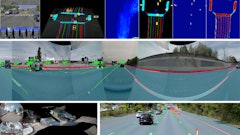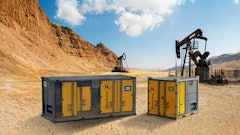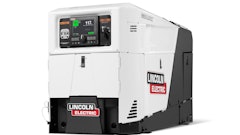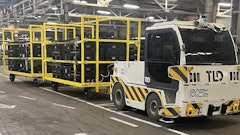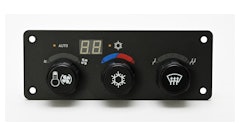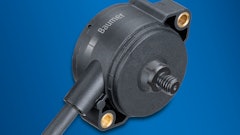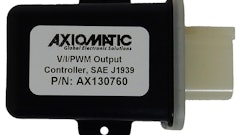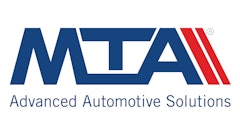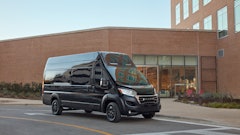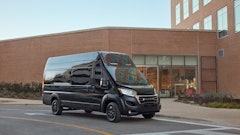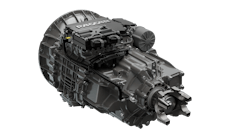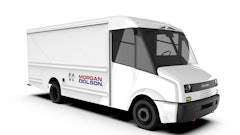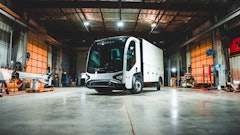When Caterpillar came to Trombetta Motion Technologies, Menomonee Falls, WI, and asked for a superior main power relay at a lower cost, Dean Hubbard and the combined engineering team were up to the challenge.
"The Caterpillar request for quote contained stringent application specifications," Hubbard, manager of product engineering, recalls. "In about a year of joint meetings, the Defender design was created via 3-D CAD and Solidworks programs that allowed us to try ideas without spending time and money on prototypes," he explains. "Once the unique design was selected, it was put through an extensive testing program at Caterpillar. Units were manufactured and ready for the field this past June."
He points out that it takes a very good contactor to survive the harsh environments where off-road equipment toils. "It has to be heavy-duty and perform. When a contractor has an expensive machine in the field, he wants it to work," Hubbard says. "He doesn't want a switch left in the 'On' position to drain the battery and cause downtime the next morning."
Power relays are the first devices after the battery that provide power to auxiliary devices such as lights, sensors, air conditioning and other electronic equipment on off-road machines. By using a power relay, when the key is turned to "Off," all auxiliary devices are also shut down.
These relays also allow full engagement and disengagement of the battery from the electrical system. The Defender prevents the power spikes that can be generated back into sensitive electronic systems like the ECM (electronic control module) used in today's low-emissions producing engines. "This transient voltage suppression is integrated into the power relay instead of relying on an additional suppression device attached to the relay," Hubbard says. "That reduces parts required for the OEM and makes for a more durable piece of equipment."
The Defender is now specified on the breadth of the Caterpillar line, from small skid loaders to the largest mining trucks, though the design is not necessarily exclusive to Cat equipment. "Our agreement allows any off-road OEM to purchase the power relays," Hubbard notes. "In fact, Caterpillar encourages us to sell this product to additional OEMs."
How is the Defender different from other main power relays?
"While there are no 200-amp applications as yet, there may be some in the future, so the Defender is ready for that," Hubbard says.
More performance, lower cost-suppier and OEM partnership score again.



